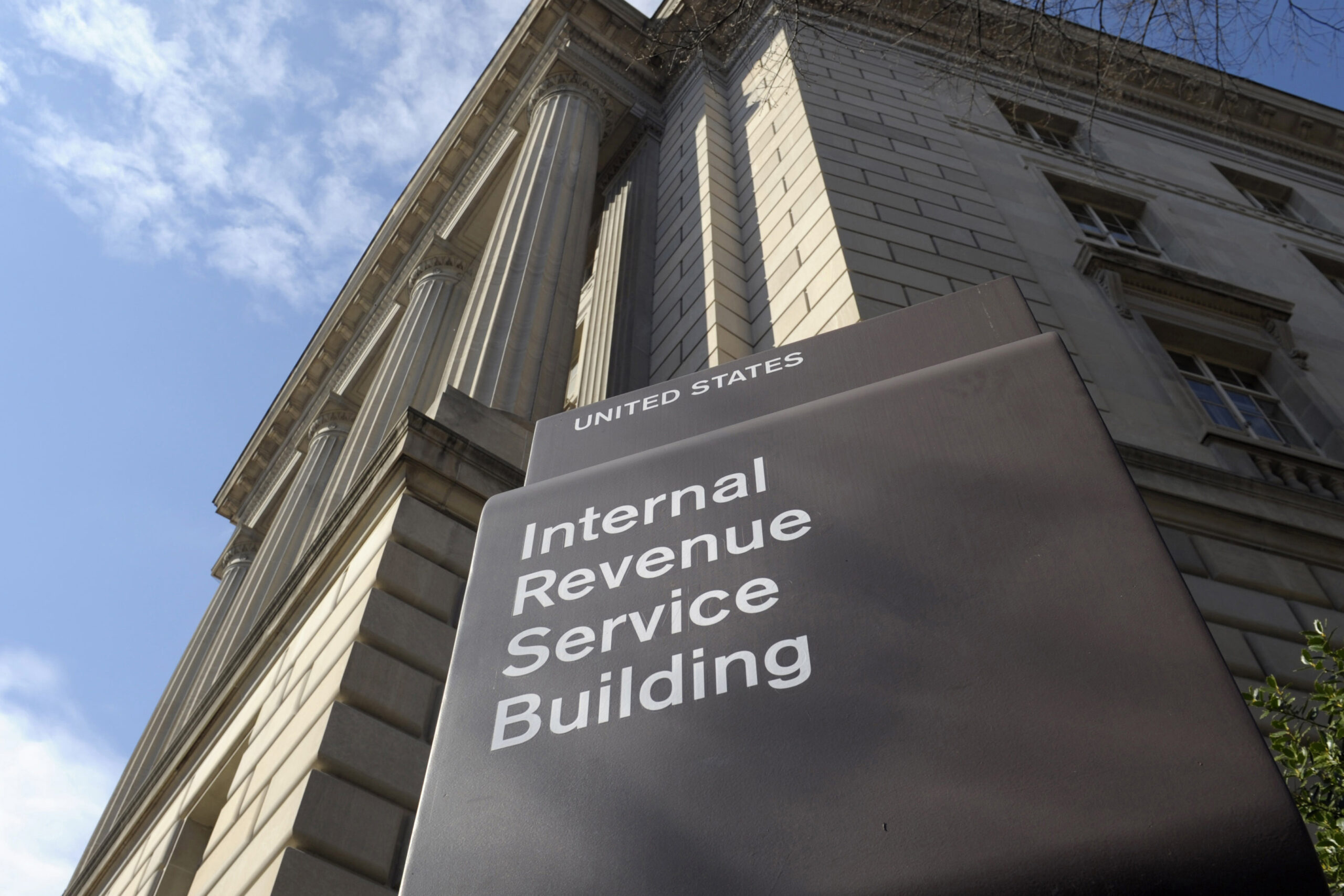Company exempt from WARN
By: dmc-admin//February 23, 2005//
The Worker Adjustment and Retraining Notification Act (WARN Act) was not violated when Arthur Andersen laid off employees after it was indicted, the Seventh Circuit held on Feb. 11.
Arthur Andersen LLP had 27,000 employees in 80 locations around the country. In November 2001, Andersen received a subpoena from the SEC requesting documents related to one of its clients, Enron Corporation. The SEC discovered that, in the six weeks leading up to receipt of the subpoena, Andersen employees destroyed thousands of relevant documents.
Attempts to resolve the matter were unsuccessful, and on March 1, 2002, the Department of Justice announced it was going to indict the corporation, and the indictment was unsealed on March 14.
Over the next two weeks, Andersen lost $300 million in business, including $57 million alone at one of its practice groups in Chicago. On April 8, Andersen terminated 560 employees at that facility.
Employees filed suit in federal court, alleging that Andersen violated the WARN Act by failing to give 60 days notice to the employees before laying them off, and a class action was certified. The district court granted summary judgment to Andersen, holding that Andersen was exempt from liability pursuant to the "unforeseen business circumstances" exception.
The employees appealed, but the Seventh Circuit affirmed in a decision written by Judge Terence T. Evans, and joined by Judge Kenneth F. Ripple. Judge Diane P. Wood dissented.
The exception has two elements — causation and foreseeability. In determining whether a mass layoff was caused by unforeseeable business circumstances, courts evaluate whether a similarly situated employer exercising reasonable judgment could have foreseen the circumstances that caused the layoff.
The court held the standard was met: "The district court concluded that the need for mass layoffs was caused by the public announcement of the indictment on March 14. We agree. Up until then, Andersen suffered no marked loss of business despite a spate of negative publicity. It is clear that economic hemorrhaging really did not begin until word of the indictment got out."
The plaintiffs contend that Andersen’s felonious misconduct, rather than the indictment, caused the layoffs, and therefore, the causation element was not met. But while acknowledging that criminal conduct of some employees was the "root cause" of the firm’s downfall, the court concluded, "not until the indictment became public did it feel the pain. Had the DOJ indicted only individual Andersen employees instead of the firm as a whole, or targeted only the Houston office, the layoffs here may never have occurred."
Turning to foreseeability, the court noted that, since the layoffs began on April 23, the key date is Feb. 22 — 60 days earlier — and found that indictment was not "probable" at this time.
The court found, "as of February 22 it was not a foregone conclusion that Andersen would be indicted as a company — in the past, the government typically went after culpable individuals, not companies as a whole. By all accounts, this was an unusual move by the DOJ. There is evidence in the record suggesting that Andersen could have reasonably foreseen the indictment by March 1 — the date it was told by the DOJ that it was being indicted. But hope still remained that the dreaded act could be stalled if not avoided."
|
What the court held Case: Roquet v. Arthur Andersen LLP, Nos. 04-1616 & 04-1838. Issues: Does the federal indictment of a corporation constitute an "unforeseen business circumstance" within the exemptions to the WARN Act? Holding: Yes. Until the corporation was indicted, the company could reasonably continue to negotiate with the government in the hopes of averting any layoffs. |
The court found that a reasonable company in Andersen’s position would have reacted as it did — continuing to negotiate with the government until the very end and turning to layoffs only after the indictment became public.
The court noted that, until the indictment, Andersen did not lose business, and a mass layoff would have been a poor business decision. The court found, "The only reason for providing notice so early would be to ward off potential WARN Act liability. But, as the Sixth Circuit explained in [Watson v. Mich. Indus. Holdings, Inc., 311 F.3d 760, 765 (8th Cir.1996)], the WARN Act is not intended to deter companies from fighting to stay afloat."
The court concluded, "The plaintiffs are confusing Andersen’s responsibility and culpability for its misbehavior with its ‘control’ over the indictment within the meaning of the regulation. Stated simply, Andersen could not indict itself. Andersen was not like a company that secretly plotted for a long time to move its operation to Mexico and closed up shop without any notice to its employees."
Accordingly, the court affirmed.
Judge Wood dissented, concluding, "The majority finds here that Andersen was entitled to take advantage of the unforeseen circumstances exception to the obligation to notify affected workers 60 days prior to a mass layoff or plant closing. In so holding, it either finds that notice was impossible right up to April 8, 2002, when the employees finally received the bad news, or it finds that the statute as a matter of law takes an all-or-nothing approach — if 60 days’ notice is impossible, then no notice at all is required. Neither one of those possibilities is correct, in my opinion; the first fails as a matter of fact, and the second as a matter of law. I would find that notice was possible, and thus required, no later than March 1, 2002."
| |
||
|
Related Links Related Article |
||
| |
||
Wood noted that, in Pena v. American Meat Packing Corp., 362 F.3d 418 (7th Cir.2004), the court left open the question whether an unforeseen circumstance excuses an employer from providing any notice at all, or merely reduces the amount of notice required. She wrote, "In my view, we should reach that question in the case before us. Taking into account the language and purpose of the WARN Act, we should hold that the 60-day period is merely reduced, not eliminated, when the necessity for a mass layoff or plant closing becomes apparent within that time period."
Wood added, "immediately after describing the unforeseen circumstances exception, the statute reads: ‘An employer relying on this subsection shall give as much notice as is practicable and at that time shall give a brief statement of the basis for reducing the notification period.’ 29 U.S.C. 2102(b)(3). … The crucial date under the WARN Act is not the date when the company knows that a mass layoff is imminent, nor is it the date when the company finally gets around to identifying the exact employees affected by the mass layoff. The Act states plainly that the trigger date is the date when a mass layoff is ‘reasonably foreseeable.’ As soon as it is probable that a mass layoff will occur, the employer must provide notice as soon as is practicable. Here, Andersen knew of the indictment on March 1, yet it waited over five weeks before providing any notice to its employees."
Click here for Case Analysis.
David Ziemer can be reached by email.
Legal News
- Waukesha man sentenced to 30 years for Sex Trafficking
- 12-year-old shot in Milwaukee Wednesday with ‘serious injuries’
- Milwaukee man convicted of laundering proceeds of business email compromise fraud schemes
- Giuliani, Meadows among 18 indicted in Arizona fake electors case
- Some State Bar diversity participants walk away from program
- Wisconsin court issues arrest warrant ‘in error’ for Minocqua Brewing owner
- Iranian nationals charged cyber campaign targeting U.S. Companies
- Facing mostly white juries, are Milwaukee County defendants of color truly judged by their peers?
- Milwaukee Mayor speaks in D.C. Tuesday at White House water summit
- Chicago man sentenced to prison after being caught with ‘Trump Gun’
- FTC bans non-competes
- Gov. Evers seeks applicants for Dane County Circuit Court
WLJ People
- Power 30 Personal Injury Attorneys – Russell Nicolet
- Power 30 Personal Injury Attorneys – Benjamin Nicolet
- Power 30 Personal Injury Attorneys – Dustin T. Woehl
- Power 30 Personal Injury Attorneys – Katherine Metzger
- Power 30 Personal Injury Attorneys – Joseph Ryan
- Power 30 Personal Injury Attorneys – James M. Ryan
- Power 30 Personal Injury Attorneys – Dana Wachs
- Power 30 Personal Injury Attorneys – Mark L. Thomsen
- Power 30 Personal Injury Attorneys – Matthew Lein
- Power 30 Personal Injury Attorneys – Jeffrey A. Pitman
- Power 30 Personal Injury Attorneys – William Pemberton
- Power 30 Personal Injury Attorneys – Howard S. Sicula











